Open House New York in Greenwich Village: The history of three unique sites
Learn more about their unique histories
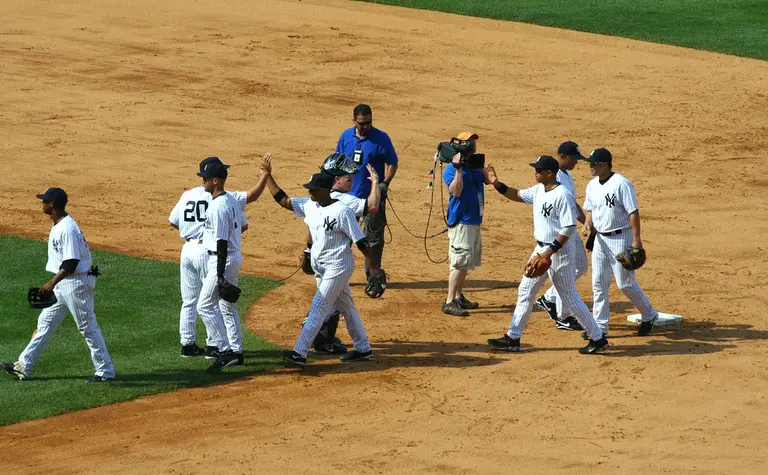
Via Brian Boyd on Flickr
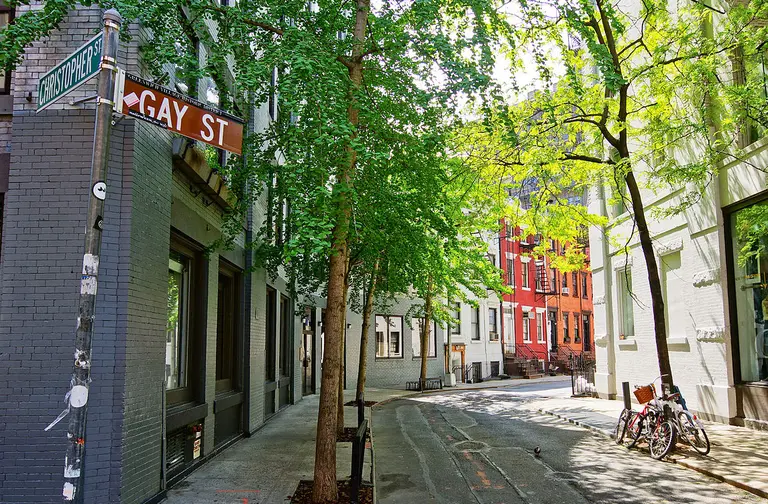
Southward view of Gay Street via Wiki Commons
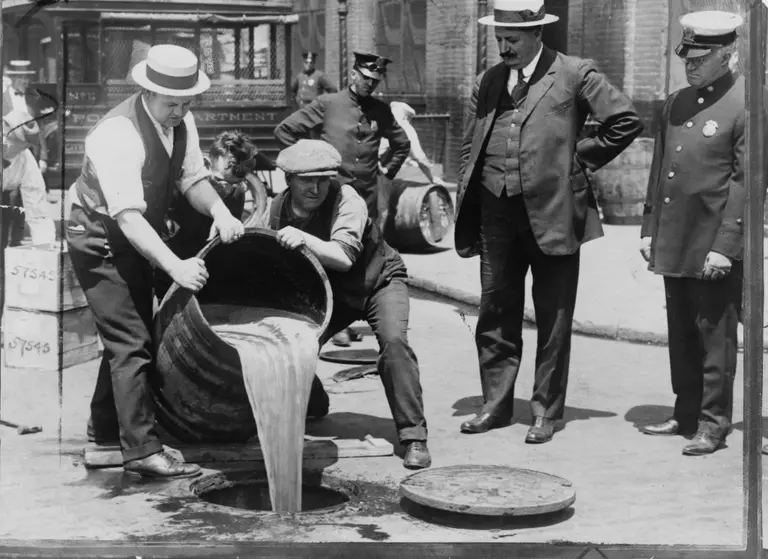
NYC Deputy Police Commissioner John A. Leach watching agents pour liquor into a sewer following a raid; via Wikimedia
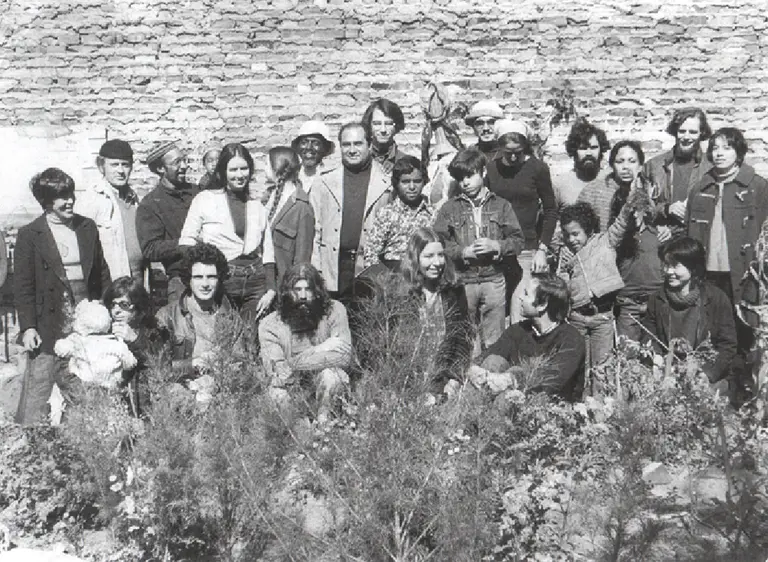
Community Gardeners at the Bowery Houston Community Farm and Garden, 1974 via Liz Christie Community Garden
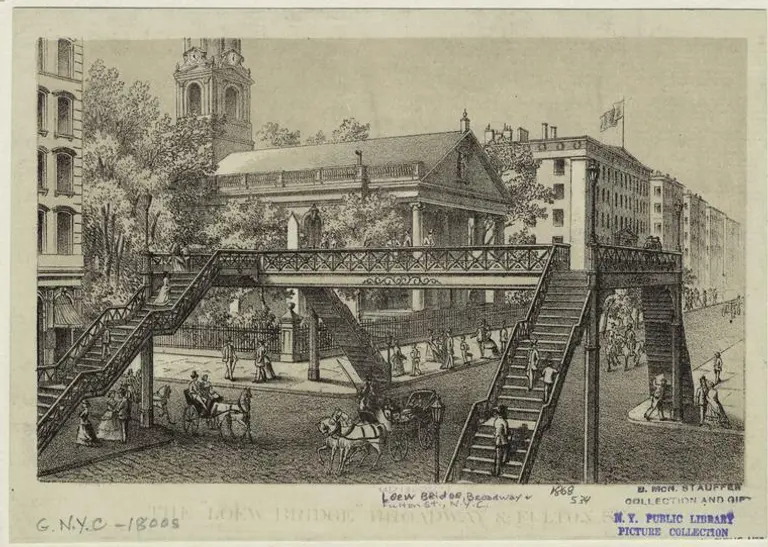
Loew Bridge ca. 1868, via NYPL
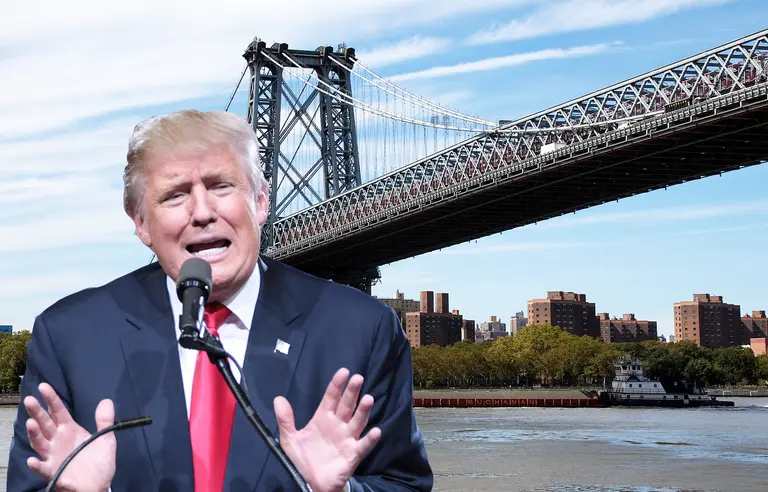
Williamsburg Bridge and Donald Trump via Wiki Commons
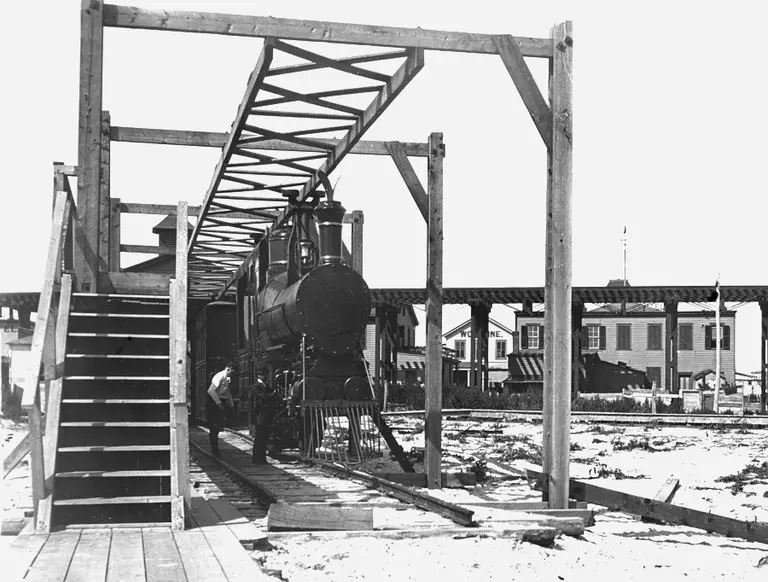
Boynton’s Bicycle Railroad, via Wiki Commons
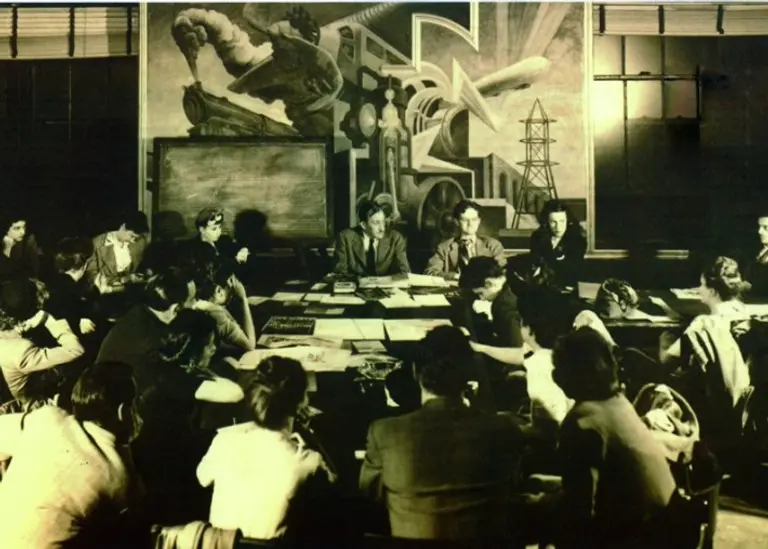
L’Ecole Libre des Hautes Etudes at the New School in 1942, via France-Amerique

“Public squares, parks, and places in the City of New York.” Via NYPL Digital Collections.
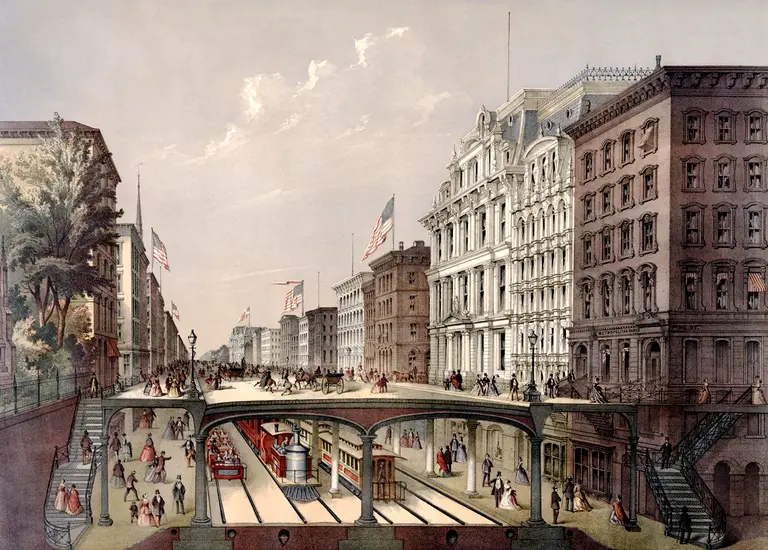
Broadway Arcade Railway, 1884, New York Transit Museum, via Wikimedia Commons
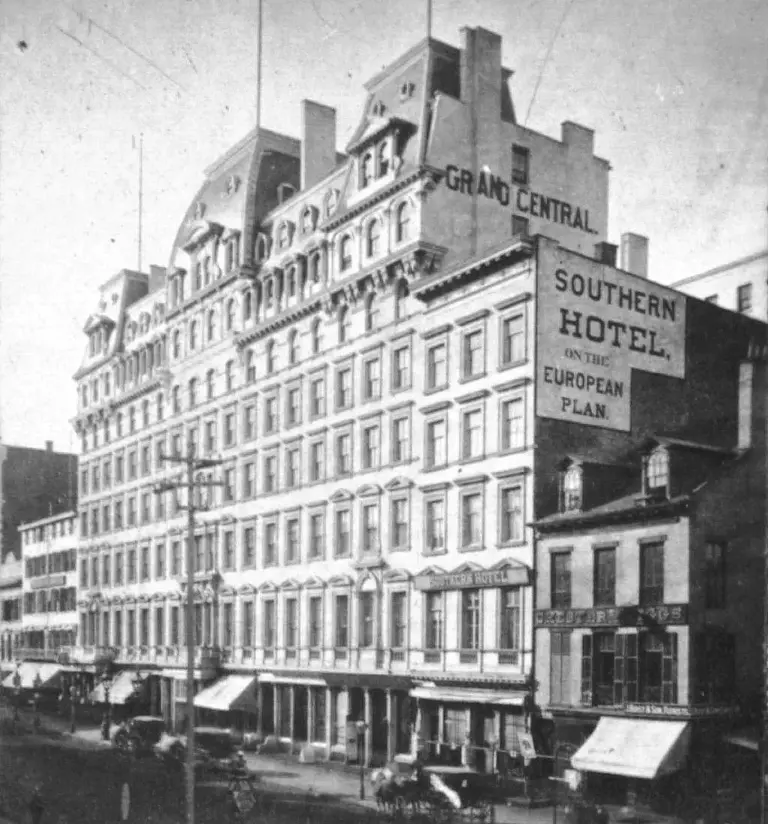
The Grand Central Hotel in the late 1800s, via Wiki Commons
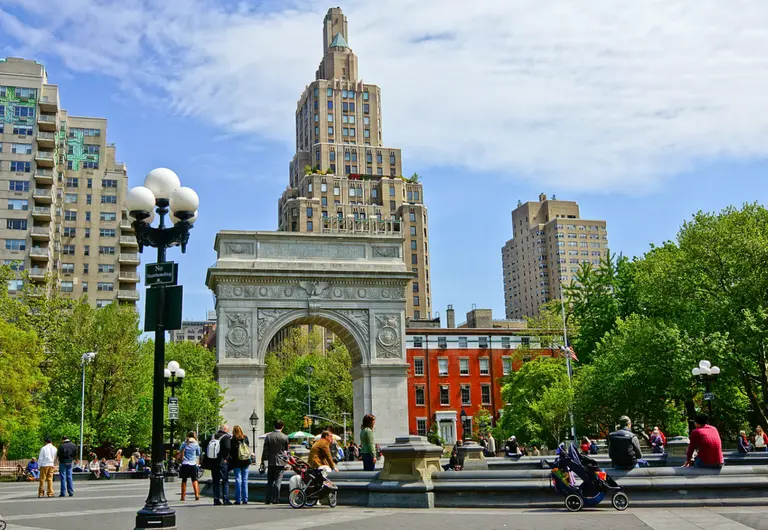
Photo via Wiki Commons